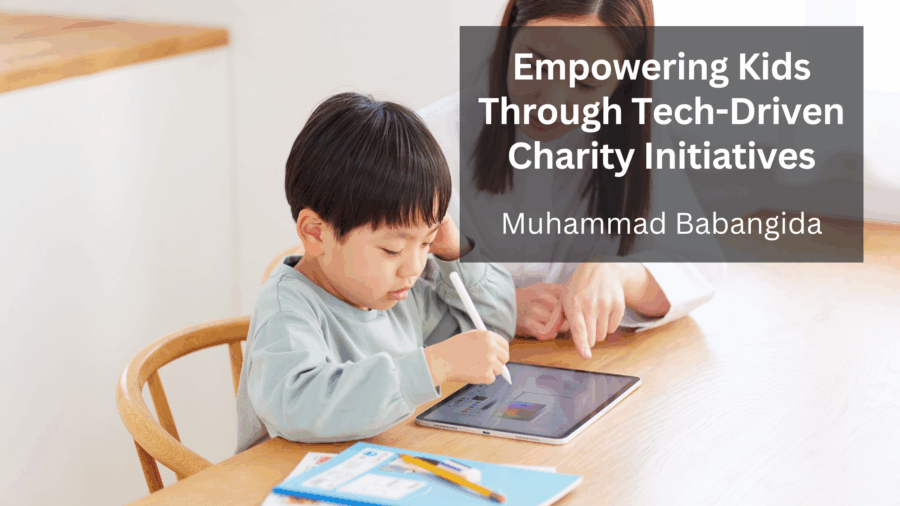In today’s digital age, technology isn’t just changing how we work, learn, and play—it’s transforming how the next generation engages with philanthropy. Tech-driven charity initiatives are empowering kids to participate in meaningful giving, helping them develop empathy, leadership skills, and a sense of social responsibility from a young age.
Making Giving Accessible
Digital platforms have made it easier for children to contribute to causes they care about. Whether through crowdfunding, virtual fundraisers, or online donation portals, kids can see the impact of their efforts in real time. Even small contributions, when aggregated, create tangible results, teaching young participants that every action counts.
Learning Through Engagement
Technology allows children to connect directly with the causes they support. Virtual volunteering, interactive apps, and online campaigns provide hands-on learning experiences that go beyond traditional classroom lessons. By participating in these initiatives, kids gain insights into global challenges, understand the needs of different communities, and see how collaboration drives real change.
Developing Skills and Responsibility
Tech-driven charity initiatives also cultivate essential life skills. Managing an online fundraiser or organizing a virtual awareness campaign encourages planning, communication, and problem-solving. Children learn to set goals, track progress, and reflect on outcomes—practical lessons in accountability and leadership that extend far beyond philanthropy.
Fostering a Culture of Empathy
Engaging with charitable causes through technology helps children build empathy. They learn to consider the experiences of others, appreciate diverse perspectives, and understand that their actions can make a difference. Over time, this nurtures a lifelong habit of giving and community involvement, reinforcing values that shape character and social awareness.
Connecting Communities
Tech-driven initiatives also promote collaboration, connecting kids with peers locally and globally. Participating in online campaigns or virtual charity challenges allows them to work together toward shared goals, fostering teamwork and a sense of belonging. These connections strengthen not only the immediate impact of the initiative but also the child’s social and emotional growth.
Conclusion
Empowering kids through tech-driven charity initiatives is more than introducing them to philanthropy—it’s about equipping them with the tools, skills, and mindset to make a difference. By combining technology with compassion, these initiatives allow children to take meaningful action, develop leadership abilities, and build empathy. The result is a generation that is digitally savvy, socially conscious, and confident in its ability to create positive change.



